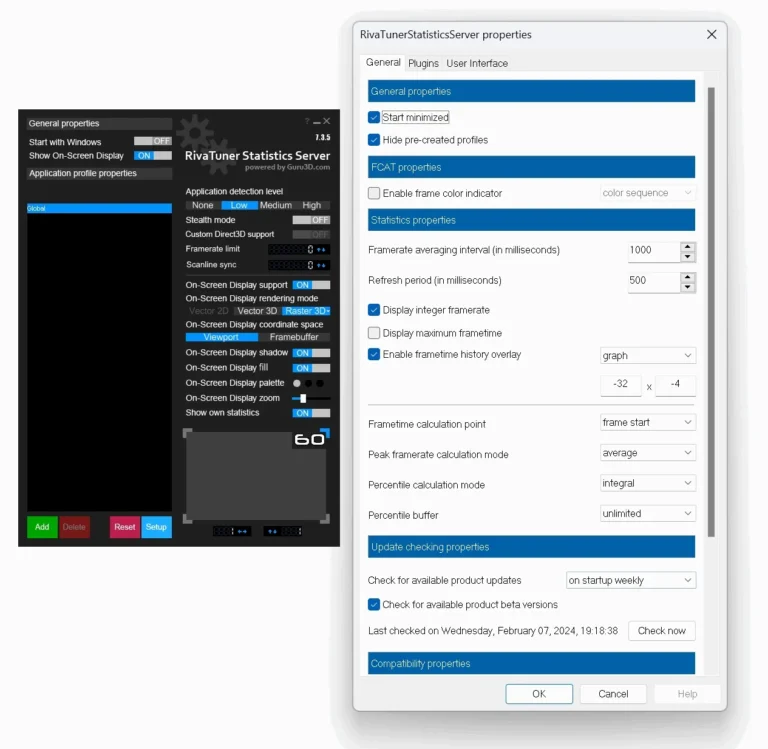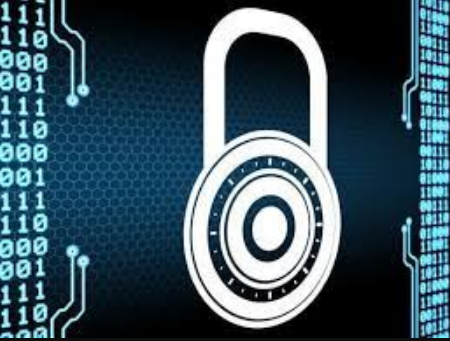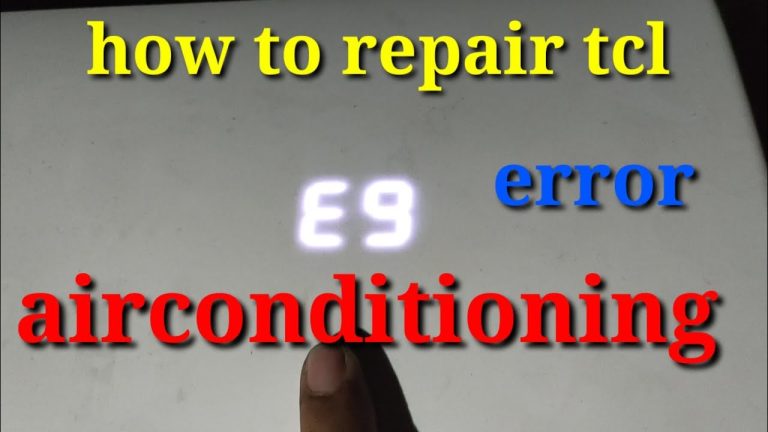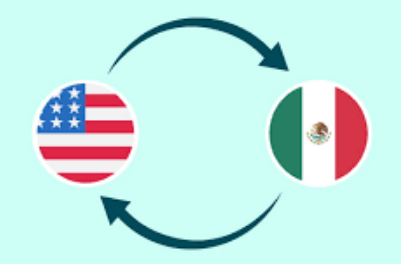Most Common Windows Errors And How To Fix Them?
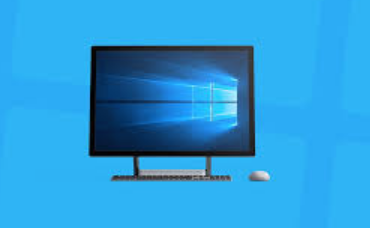
Windows errors can be frustrating. You’re working on something important and suddenly your computer crashes or freezes. Now you have to start all over again.
There are some common Windows errors that can be fixed pretty easily though. Here are 10 of the most common Windows errors and how to fix them:
1. Blue Screen of Death (BSOD)
2. Black Screen Error
3. No Boot Device Found Error
4. Disk Boot Failure Error
5. Missing Operating System Error
6. Driver Power State Failure Error
7. Critical Process Died Error
If you’re a Windows user, you know that sometimes your operating system can be frustrating. errors pop up when you least expect them, and it can be hard to figure out how to fix them. But don’t worry – we’ve got you covered.
Here are 10 common Windows errors and how to fix them.
1. The “Blue Screen of Death” This is one of the most infamous Windows errors, and it’s also one of the hardest to fix.
If you see a blue screen with white text on your screen, it means that your computer has encountered a serious error and is now shutting down to prevent further damage. There are a lot of different things that can cause this error, so it’s tough to say exactly how to fix it. However, there are some general troubleshooting steps you can try:
– Restart your computer and see if the error goes away. Sometimes a simple reboot is all it takes to fix a problem. – Check for loose cables or hardware components that could be causing the issue.
Make sure everything is plugged in securely and firmly seated in its socket. – Run a virus scan on your computer using an antivirus program like Microsoft Security Essentials or Norton Antivirus. malware can sometimes cause blue screens by corrupting important files or drivers on your system.
How Do I Fix Common Problems With Windows 10?
If you’re experiencing issues with Windows 10, there are a number of ways you can try to fix them. Here are some common problems and how to fix them: 1. Slow performance
One of the most common complaints about Windows 10 is that it’s slow. If your computer is running slowly, here are a few things you can try: – Restart your computer.
This may seem like an obvious solution, but sometimes restarting your machine can help speed it up. – Close any unnecessary programs and windows. The more programs you have running, the slower your computer will be.
So close anything you’re not using. – Update your software and drivers. Outdated software and drivers can cause performance issues.
Make sure everything is up to date by checking for updates in the Windows Update settings (Click Start > Settings > Update & security > Windows Update). You should also check for updates from individual software companies on their websites or through their apps (if they have them). For example, if you’re using Adobe Photoshop, you can update it by opening the Creative Cloud app and clicking on the Updates tab.
And don’t forget to keep your virus protection program up to date! 2. Computer won’t start up/boot up properly If your computer won’t start up at all, or if it starts up but doesn’t get past the login screen, here are a few things you can try: – Check all cables and connections to make sure they’re secure and working properly.
– Try starting up in Safe Mode (press F8 while booting up). This will help rule out any software issues as the cause of your problem since Safe Mode only loads essential files and drivers.- Run a virus scan using your antivirus program.- Try restoring your computer to an earlier point using System Restore (Click Start > type “System Restore” into Search > select “System Restore” from results > follow prompts).
What are 5 Common System Errors in Windows
System errors in Windows are usually caused by buggy or corrupt drivers, incorrect system settings, or incompatible hardware. Here are five common system errors in Windows and how to fix them:
1. Blue Screen of Death (BSOD)
The BSOD is one of the most infamous system errors in Windows. It usually occurs when there’s a problem with your computer’s hardware or driver software. To fix a BSOD error, you need to identify the cause and then troubleshoot accordingly.
2. Black Screen of Death (BSoD) A black screen can also be indicative of a serious system error. Usually, this happens when there’s an issue with your graphics card or display driver.
If you’re seeing a black screen, try updating your graphics card driver first and see if that fixes the problem.
3. Frozen Screen/Stuck Pixelation Another annoying system error is when your screen freezes or becomes stuck in a pixelated state.
This can be caused by a variety of issues, ranging from overheating to bad drivers to incompatible hardware. If your screen is freezing frequently, make sure that all your drivers are up-to-date and that your computer isn’t overheating due to dust buildup or other factors.
What are the Common Problems With Windows 10?
There are a number of common problems that can occur with Windows 10. One of the most common is that updates may fail to install, or that previously installed updates may be uninstalled during an update process. This can happen for a number of reasons but is often due to incorrect permissions being set on certain files or folders.
Another common problem is that drivers may fail to install properly, again due to incorrect permissions or other issues. Other issues can include things like the Start menu or Cortana not working properly, apps crashing or failing to open, and general performance issues. These can all be caused by a variety of factors, including corrupt system files, third-party software conflicts, and hardware issues.
In some cases, simply resetting Windows 10 back to its default settings can fix these problems. If you’re experiencing any problems with Windows 10, it’s always worth checking for any available updates first as these can often address known issues. If updating doesn’t help, then there are a number of troubleshooting steps you can take yourself which may resolve the issue without needing to seek professional help.
However, if the problem persists after trying all of this then it’s probably best to contact Microsoft Support for further assistance.
Conclusion
We all know the feeling: you’re working on your computer and things are going great when suddenly an error message pops up and everything comes to a crashing halt. While some errors are easy to fix, others can be more frustrating, leaving you wondering what went wrong and how you can fix it. Here are 10 common Windows errors and how to fix them:
If these options don’t work, try booting into Safe Mode or performing a System Restore to roll back any recent changes that could be causing the black screen error. If none of these solutions work for you, it’s likely that there is something wrong with your monitor or display adapter and you’ll need to replace one or both components in order to resolve the issue permanently.


